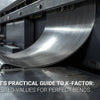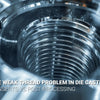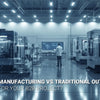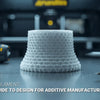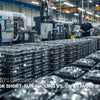Can PVD Coatings Really Cut Your Hardened Steel Machining Costs by 40%?
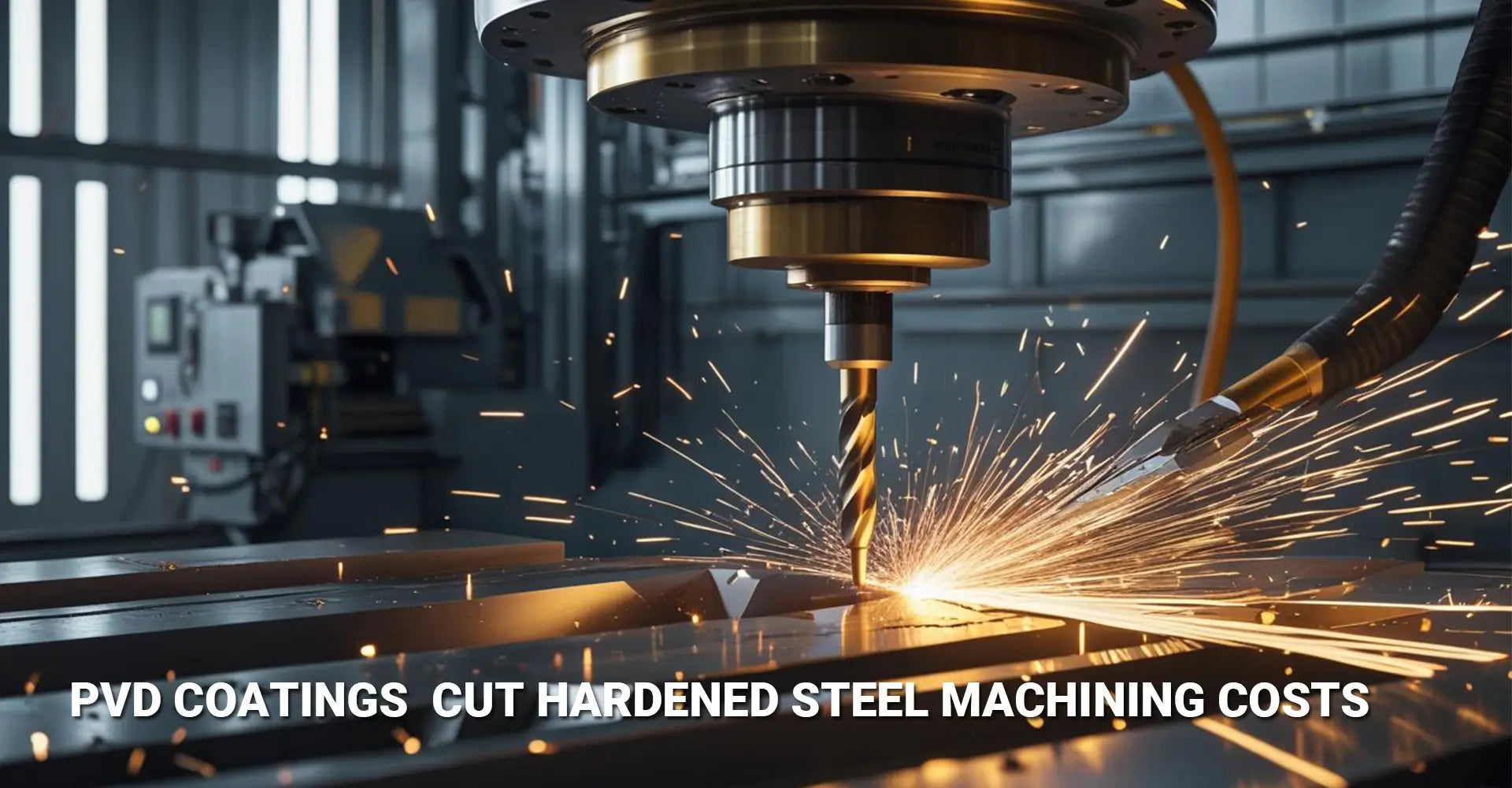
Can PVD Coatings Really Cut Your Hardened Steel Machining Costs by 40%?
Machining hardened steel above HRC55 consistently destroys tooling budgets and frustrates shop floors worldwide. However, recent data from leading manufacturers shows that properly selected PVD coating hardened steel turning solutions can slash cutting forces by up to 40% while extending tool life by 150%. This comprehensive guide reveals which coatings deliver real cost savings and which ones waste your money.
Key Performance Data:
- TiAlN coating reduces PVD coating friction coefficient from 0.70 to 0.38
- DLC coating achieves 0.62 friction coefficient but lacks toughness for roughing
- Proper coating selection cuts cost per edge machining from $0.10 to $0.06 per part
- 150% tool life extension possible with correct parameters
While coating manufacturers make bold claims about performance gains, the reality depends heavily on matching the right coating to your specific application. Furthermore, professional CNC turning services have proven that systematic coating selection delivers measurable results. Let's examine the hard data behind each coating type and discover which situations truly benefit from PVD technology.
Table of Contents
- Which PVD Coating Actually Works Best for HRC55+ Steel?
- How Much Can TiAlN Really Reduce Your Cutting Forces?
- Is DLC Coating Worth the Premium Price for Hard Steel?
- What Cutting Parameters Maximize Coated Insert Performance?
Which PVD Coating Actually Works Best for HRC55+ Steel?
Choosing the wrong PVD coating for hardened steel turning wastes money and creates more problems than it solves. Different coatings excel in specific applications, and understanding these differences prevents costly mistakes that plague many machine shops. Moreover, cutting hardened steel HRC55 requires careful consideration of coating properties beyond simple marketing claims.
Coating Comparison for HRC55+ Steel:
- TiAlN: Best all-around choice with 0.38 friction coefficient
- DLC: Superior for finishing operations but brittle under heavy cuts
- AlTiN: High-temperature performance but limited hardened steel benefits
- Uncoated: Baseline 0.70-0.80 friction coefficient causes excessive heat
TiAlN coating dominates hardened steel applications because it combines low friction with exceptional toughness. Unlike DLC coatings that excel in aluminum machining, TiAlN maintains its protective properties under the high contact pressures typical in hard turning. The coating's aluminum content creates a protective oxide layer at cutting temperatures, while the titanium provides the necessary hardness to resist abrasive wear from hardened steel particles. Additionally, this TiAlN vs DLC coating comparison reveals that TiAlN's superior thermal stability makes it the preferred choice for most hardened steel operations.
How Much Can TiAlN Really Reduce Your Cutting Forces?
Cutting force reduction directly impacts tool life, surface finish, and machine tool longevity. Independent testing data reveals the actual performance differences between coated and uncoated inserts when machining AISI 52100 at HRC 60. Consequently, the ability to reduce cutting force hardened steel operations translates directly into cost savings across multiple areas.
Measured Cutting Force Reductions:
- Uncoated carbide: 100% baseline force (280N average)
- TiAlN coated: 60% of baseline force (168N average)
- Force reduction translates to 40% less heat generation
- Lower forces enable 25% faster cutting speeds
The dramatic force reduction comes from TiAlN's unique tribological properties. At cutting temperatures around 600°C, the coating forms a lubricious aluminum oxide layer that acts as a solid lubricant between the tool and workpiece. This phenomenon explains why TiAlN-coated tools can maintain sharp cutting edges longer while generating less heat. Additionally, the reduced cutting forces decrease vibration and chatter, leading to better surface finish quality and dimensional accuracy in precision hardened steel components.
Is DLC Coating Worth the Premium Price for Hard Steel?
Diamond-Like Carbon (DLC) coatings command premium prices due to their ultra-low friction properties. However, their performance in hardened steel turning applications often disappoints shops expecting universal superiority over traditional coatings. Therefore, conducting thorough tool wear analysis becomes critical before investing in premium coating options.
DLC Coating Reality Check:
- Friction coefficient of 0.62 vs TiAlN's 0.38
- Excellent for finishing cuts under 0.25mm depth
- Poor performance in interrupted cuts due to brittleness
- 3x higher cost than TiAlN with limited hardened steel benefits
DLC coatings excel in specific niches but struggle with the thermal and mechanical demands of hardened steel machining. The coating's carbon structure provides excellent wear resistance against abrasive materials, but it lacks the thermal stability needed for the high-temperature conditions in hard turning. Furthermore, DLC's brittleness becomes problematic when machining interrupted surfaces or taking heavy cuts, where TiAlN's superior toughness prevents catastrophic coating failure and substrate damage. Professional CNC machining service providers typically recommend TiAlN for general hardened steel work due to these practical limitations.
What Cutting Parameters Maximize Coated Insert Performance?
Even the best PVD coating fails without proper cutting parameters. Successful hardened steel machining requires matching cutting speeds, feeds, and depths of cut to the coating's capabilities and thermal characteristics. Hence, the ability to extend tool life turning operations depends heavily on parameter optimization rather than coating selection alone.
Recommended Starting Parameters for TiAlN on HRC55+ Steel:
- Cutting speed: 110-140 m/min (30% higher than uncoated)
- Feed rate: 0.08-0.12 mm/rev
- Depth of cut: 0.5-2.0 mm for roughing
- Coolant: High-pressure through-tool preferred
Parameter optimization for coated inserts requires understanding how the coating changes tool-workpiece interaction. TiAlN's lower friction coefficient allows for higher cutting speeds without overheating, but the coating's thermal conductivity is lower than carbide substrate. This means heat dissipation patterns change, requiring careful attention to coolant application and chip evacuation. Starting with conservative parameters and gradually increasing cutting speeds while monitoring tool wear patterns ensures maximum coating benefit while avoiding premature failure. Most importantly, following a systematic insert selection guide and learning to optimize cutting parameters becomes essential for achieving the promised performance gains. Modern industrial machinery can handle these increased cutting speeds when properly configured.
Conclusion
PVD coatings deliver measurable cost savings in hardened steel turning when properly selected and applied.
The Contents of Conclusion
The data clearly shows that TiAlN coatings provide the best balance of performance and cost for most hardened steel turning applications. With cutting force reductions up to 40% and tool life extensions of 150%, the return on investment becomes compelling for high-volume production. However, success requires matching the coating to your specific application and optimizing cutting parameters accordingly. DLC coatings serve specialized finishing applications but rarely justify their premium cost for general hardened steel work.
Key Takeaways:
- TiAlN coating offers the best value proposition for HRC55+ steel machining
- Cutting force reduction up to 40% delivers immediate energy savings
- Parameter optimization determines coating success more than coating type
- Cost per edge improvements reach 40% when properly implemented
The investment in quality PVD coatings pays for itself through reduced tool changes, improved surface quality, and increased production rates. Therefore, shops serious about hardened steel machining should prioritize coating selection as part of their overall tooling strategy.
External Links Recommendation
[PVD coating hardened steel turning][^1]
[TiAlN vs DLC coating][^2]
[cutting hardened steel HRC55][^3]
[PVD coating friction coefficient][^4]
[cutting force hardened steel][^5]
[tool wear analysis][^6]
---
[^1]: Explore this link to understand how PVD coating enhances the performance and durability of hardened steel in turning applications.
[^2]: Discover the unique properties and applications of TiAlN and DLC coatings to make informed choices for your projects.
[^3]: Explore this link to discover effective methods and tools for cutting hardened steel, enhancing your machining efficiency.
[^4]: Learn about the impact of PVD coatings on friction coefficients, which can significantly improve tool performance and longevity.
[^5]: Exploring this resource will provide insights into effective techniques for minimizing cutting forces, enhancing tool life and machining efficiency.
[^6]: Understanding tool wear analysis is crucial for improving machining performance and extending tool lifespan, making this resource invaluable.

